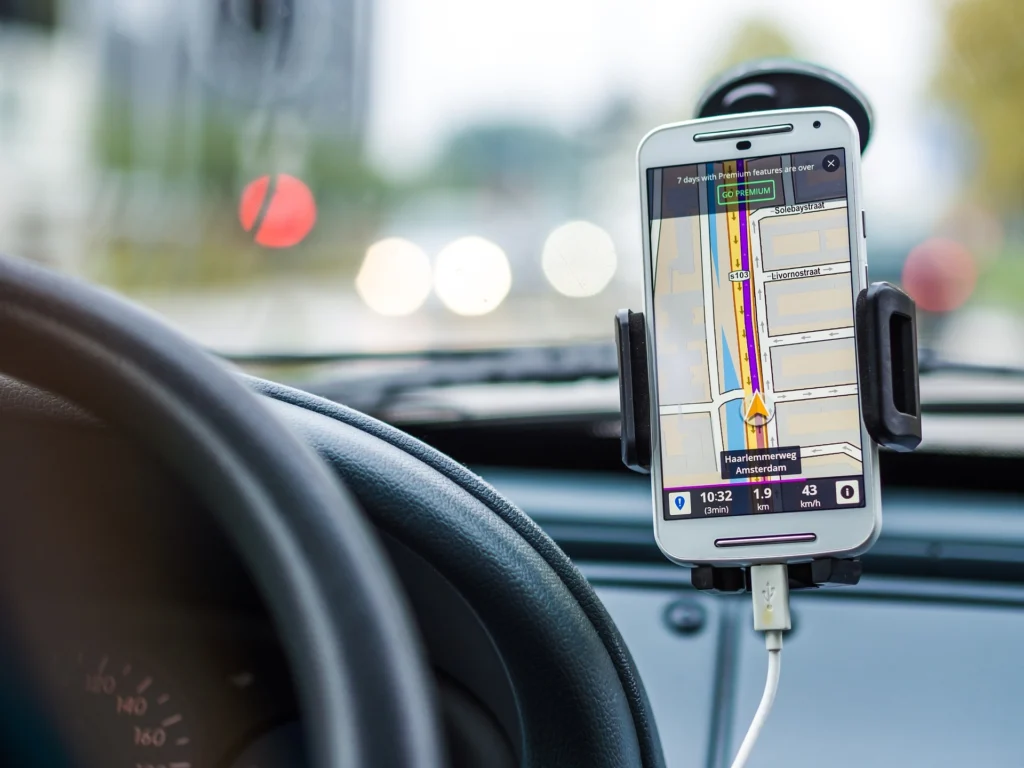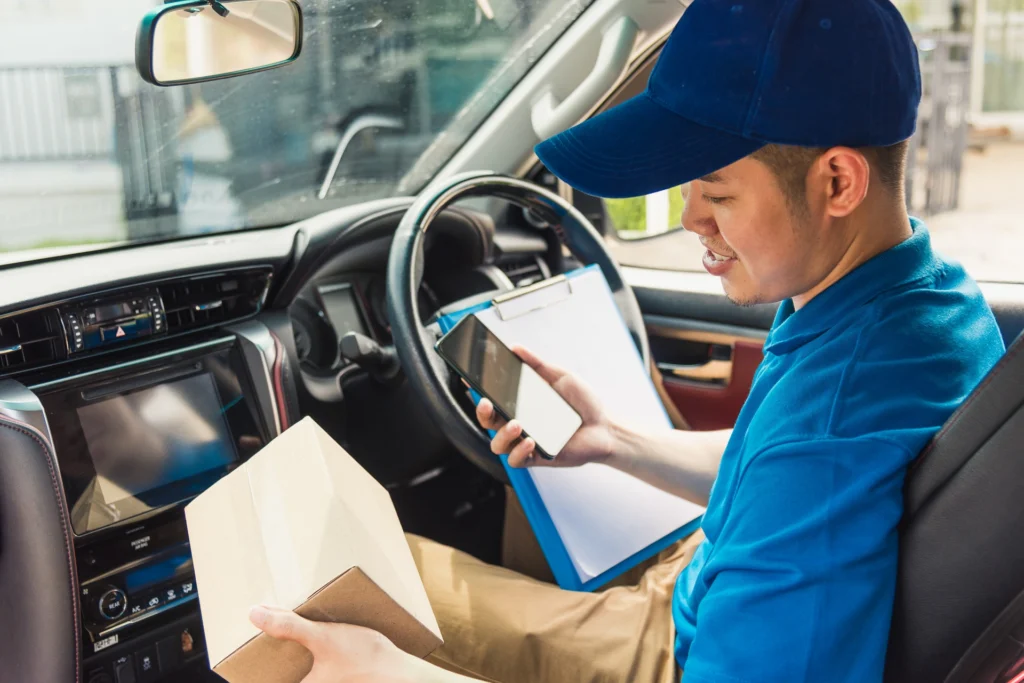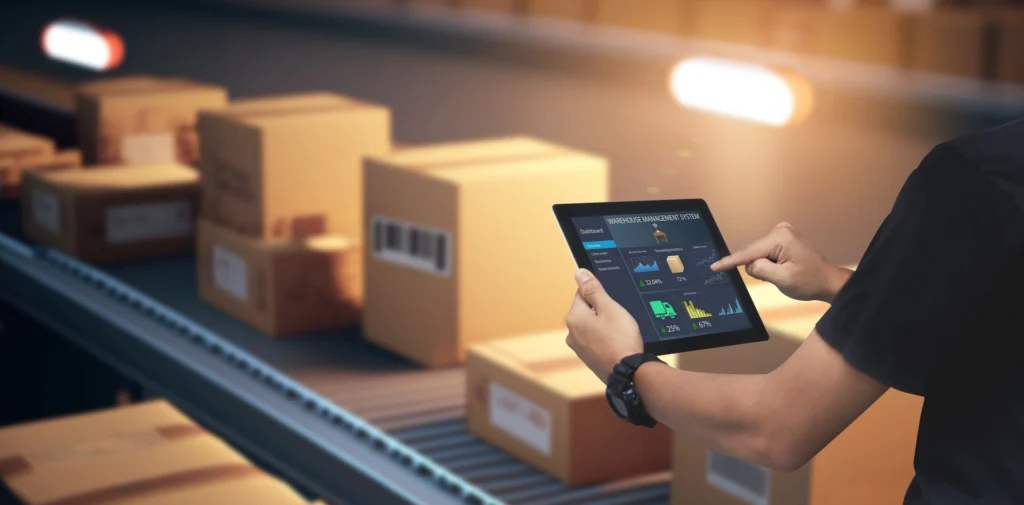Machine Learning in the Last Mile: 9 Ways Machine Learning is Transforming Last-Mile Delivery

Wise Systems

Companies are increasingly adopting machine learning tools to revolutionize the way they operate. In last-mile delivery, machine learning is particularly transformative, impacting a variety of operational processes and functions.
The integration of machine learning in last-mile delivery not only streamlines operations but also enables businesses to maintain a competitive edge through enhanced efficiency, customer satisfaction, and sustainability.
This guide discusses some of the most significant ways machine learning is making an impact in last-mile delivery.
In this article:
- Optimized Routing and Navigation
- Data-Driven Driver Assignment
- Predictive Capabilities
- Real-time Tracking and Updates
- Enhanced Customer Experience
- Automated Warehouses and Sorting Centers
- Predictive Maintenance of Delivery Vehicles
- Drone and Autonomous Vehicle Deliveries
- Environmental Impact Reduction
- Final Thoughts
- Frequently Asked Questions
Optimized Routing and Navigation

Machine learning algorithms can analyze traffic patterns, weather conditions, and historical data to determine the fastest and most efficient delivery routes. This optimization reduces delivery times and fuel consumption.
Additionally, machine learning can be leveraged to optimize route sequences by learning from router and driver behaviors, including previous manual route adjustments. It can be used to dynamically schedule deliveries based on factors such as customer availability, proximity, and delivery windows, increasing efficiency and customer satisfaction.
This technology enhances route planning automation and significantly cuts down on route editing time. In some instances, it even removes the need for manual adjustments, thereby improving the customer experience through better route adherence by drivers and higher punctuality rates.
Sign up for a demo to learn how to transform your route planning and optimization with Wise Systems.
Data-Driven Driver Assignment

Traditional route planning often relies on guesswork and manual efforts, which can hinder productivity and efficiency. Machine learning transforms this process by enabling smarter driver assignments.
Machine learning can also be used to analyze past data to match drivers with routes that suit their historical performance and preferences. This approach not only enhances efficiency but also leverages the driver’s strengths and experiences.
Let us show you how the Wise Systems delivery automation platform can automate and optimize your dispatch and routing processes. Sign up for a demo today.
Predictive Capabilities
Machine learning offers powerful predictive capabilities. It can predict demand in different areas, allowing companies to pre-position goods closer to where they anticipate customer orders. This approach leads to faster deliveries and reduced transportation costs.
In addition to forecasting demand and optimizing routes to shorten service times, machine learning can accurately predict service times. Where traditional methods depend on estimates that can lead to inaccurate arrival times and broad time windows for customers, machine learning offers precision by analyzing drivers’ arrival times and performance.
Real-time Tracking and Updates
While machine learning is a powerful predictive tool, it also enables more accurate and real-time tracking of packages.
Rather than relying solely on the predicted service time, customers can receive up-to-date information on the whereabouts of their orders, enhancing transparency and trust. This also helps to reduce failed deliveries as customers know when to expect deliveries and can plan accordingly.
Enhanced Customer Experience
The benefits discussed above all contribute to a better customer experience. Machine learning can also analyze customer feedback and delivery performance data. These insights empower companies to enhance the customer experience with personalized delivery options, efficient handling of customer inquiries and complaints, and more.
Discover how you can enhance the customer experience with Customer Portal from Wise Systems. Request a demo today.
Automated Warehouses and Sorting Centers

Machine learning is used in robotic systems within warehouses to sort, pack, and dispatch goods more efficiently. These automated systems can quickly adapt to changing inventory levels and order profiles.
Predictive Maintenance of Delivery Vehicles
Machine learning algorithms can predict when delivery vehicles might need maintenance. This proactive approach prevents breakdowns and delays, ensuring a smoother and more timely delivery process.
Drone and Autonomous Vehicle Deliveries
Machine learning is at the core of autonomous delivery vehicles and drones. These technologies can navigate and deliver goods with minimal human intervention, potentially transforming the speed and cost of last-mile deliveries.
Environmental Impact Reduction
By optimizing routes and delivery processes, machine learning contributes to reducing the carbon footprint of delivery operations. This is increasingly important in the context of global environmental concerns.
In fact, consumers are increasingly conscious of the impact of their purchasing habits on the environment. This gives companies that adopt sustainable practices and take steps to reduce their carbon footprint a competitive advantage.
Final Thoughts
Autonomous routing and dispatching is not only necessary, but is the future for many last-mile operations. Learn where your last-mile operations are today and make your AD&R plan. https://t.co/s5fAP9Ms4M pic.twitter.com/DK5fLF2Juq
— Wise Systems (@goWiseSystems) April 24, 2023
The adoption of machine learning tools in last-mile delivery is part of the larger digital transformation trend in the logistics space. These technologies improve operational efficiencies and help companies adapt to the increasing demands of e-commerce and customer expectations for rapid, reliable delivery services.
For example, the Wise Systems delivery automation platform offers a suite of solutions powered by an AI-driven Dynamic Optimization Engine (DOE). The platform offers tools to improve many aspects of last-mile operations, from dispatch to route optimization, customer communication, and more, continuously ingesting operational data and making decisions in real time.
The DOE contains route optimization algorithms to make intelligent routing decisions and machine learning models that help improve fleet performance over time. Request a demo today to learn how Wise Systems can help you leverage the power of machine learning in last-mile delivery.
Frequently Asked Questions
Why is last-mile delivery inefficient?
Last-mile delivery is often inefficient due to various challenges such as traffic congestion, delivery location accessibility, unpredictable delays, the small size of individual deliveries, and the complexity of urban environments. Additionally, the final leg of delivery typically involves numerous stops and a greater distance between them, making it time-consuming and costly compared to other stages of the supply chain.
What is last-mile delivery data analytics?
Last-mile delivery data analytics involves analyzing large volumes of data related to the final leg of the delivery process. This includes data on traffic patterns, delivery times, route efficiency, customer feedback, and more. Analytics help identify trends, forecast demands, optimize routes, and improve overall delivery efficiency and customer satisfaction.
What is last-mile automation?
Last-mile automation refers to the use of technology to streamline and enhance the efficiency of the final step of the delivery process. This includes automated sorting systems, drones, autonomous delivery robots, and sophisticated software for route optimization and real-time tracking. The goal is to reduce human error, lower costs, and improve delivery speed and customer experience.
What are the technological advancements in last-mile delivery?
Technological advancements in last-mile delivery include autonomous delivery vehicles (like drones and robots), advanced route optimization algorithms, Internet of Things (IoT) enabled devices for real-time tracking, machine learning for predictive analytics, and electric vehicles for eco-friendly deliveries. These technologies aim to address inefficiencies, reduce environmental impact, and meet rising customer expectations.
What is the future of the last mile?
The future of the last mile is expected to be shaped by increased automation, greater use of AI and machine learning for predictive analytics and optimization, wider adoption of autonomous delivery vehicles, and more sustainable practices. Integration of advanced technologies will drive efficiency, speed, and reliability in last-mile delivery, meeting the growing demand for faster, more cost-effective delivery solutions. Additionally, there will be a focus on personalizing the delivery experience and enhancing customer engagement.

